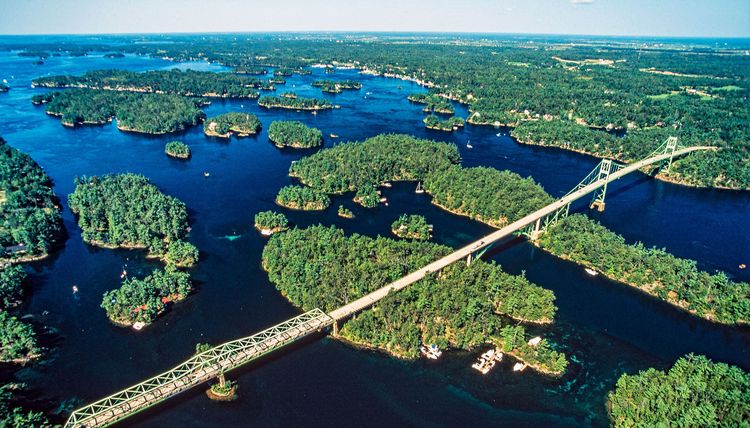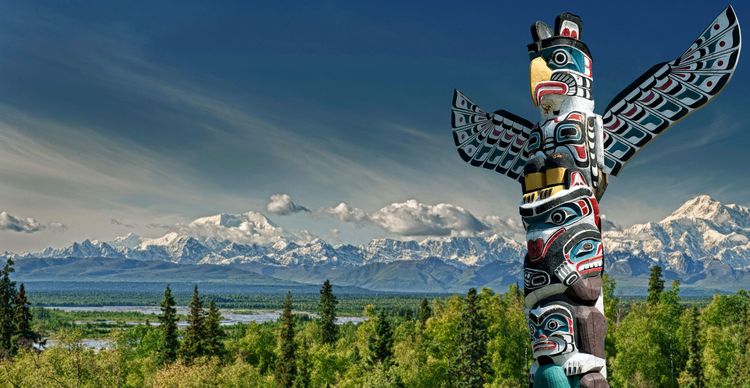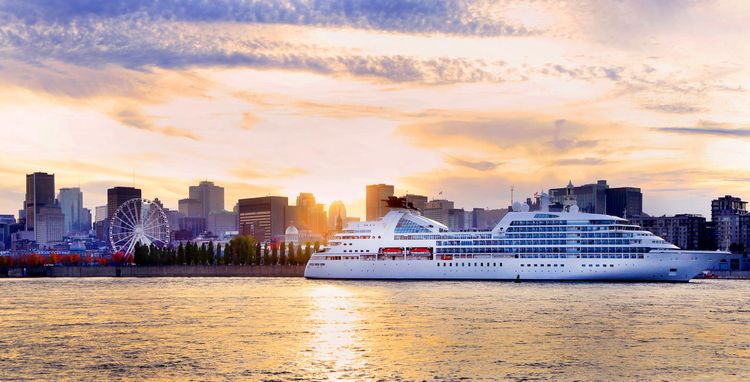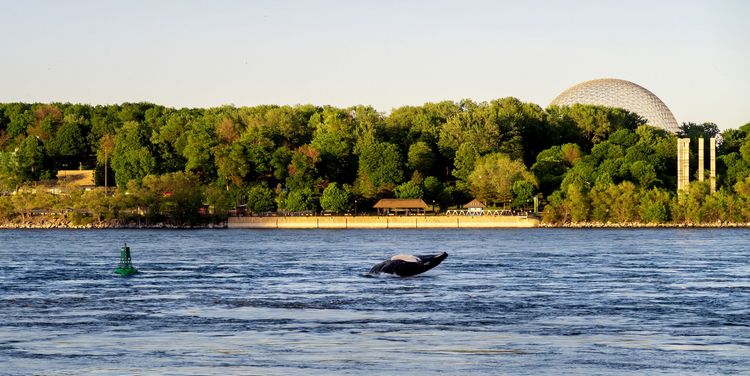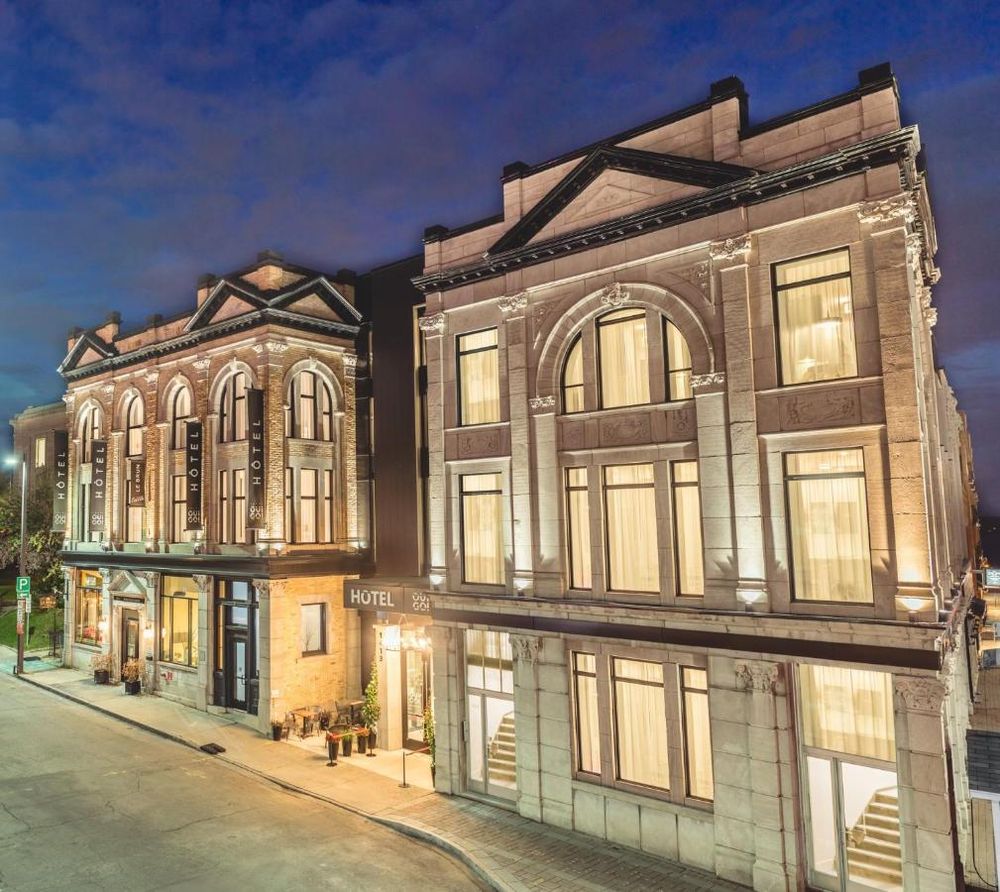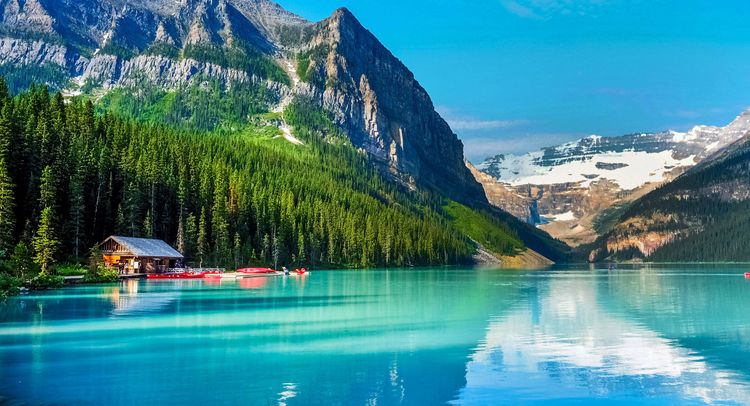The St. Lawrence River is one of Canada's most emblematic natural monuments. The 1,197 km-long river flows through Quebec's three largest cities: Quebec City, Trois-Rivières and Montreal. Since the beginning of Quebec's history, the St. Lawrence River has played a key role in the development of the cities and the country. A major trade artery for Canada, it has developed in parallel with the Canadian economy.
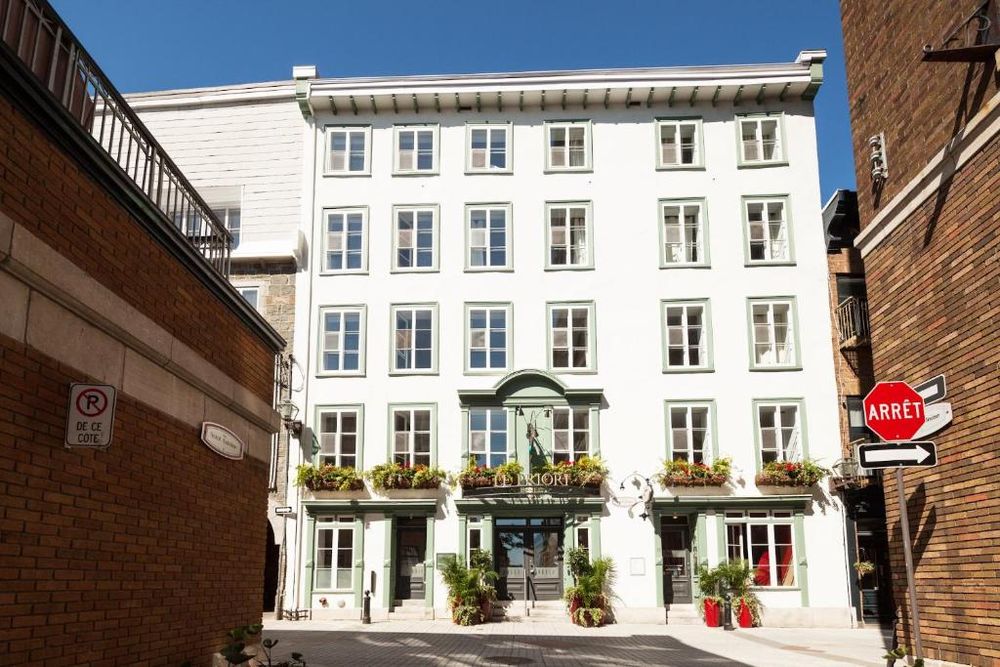 Quebec
Quebec


